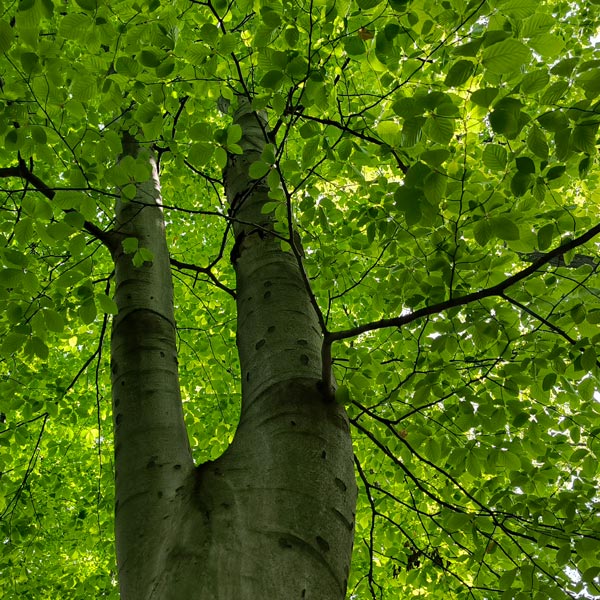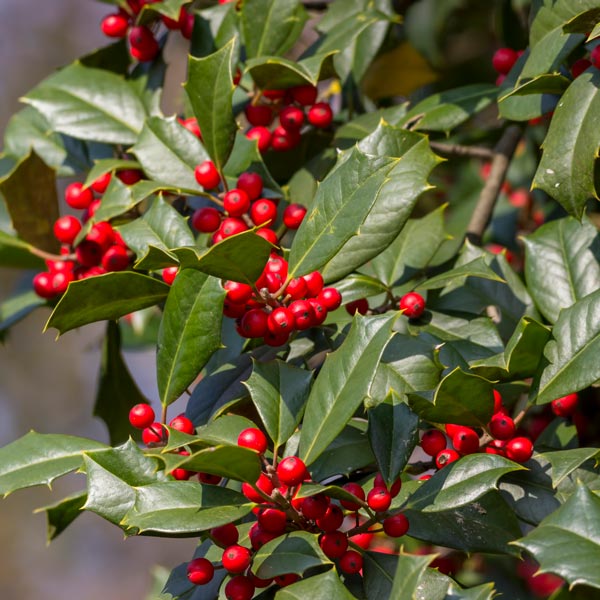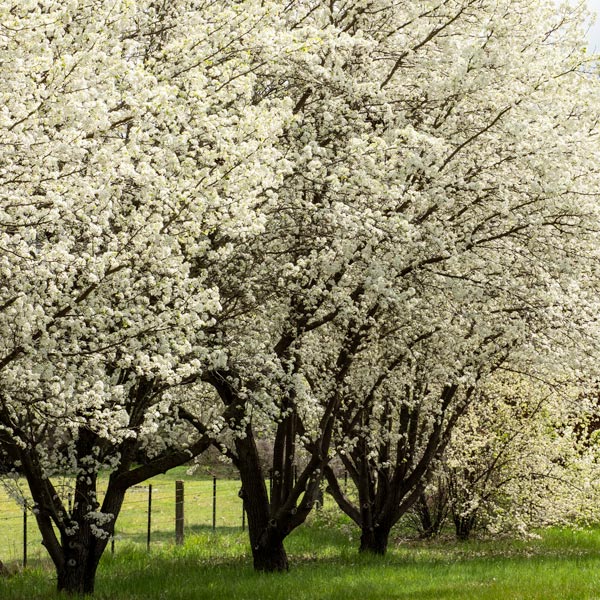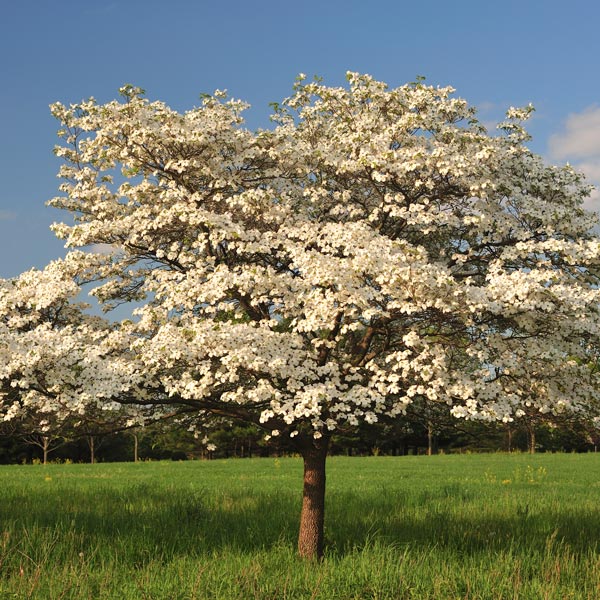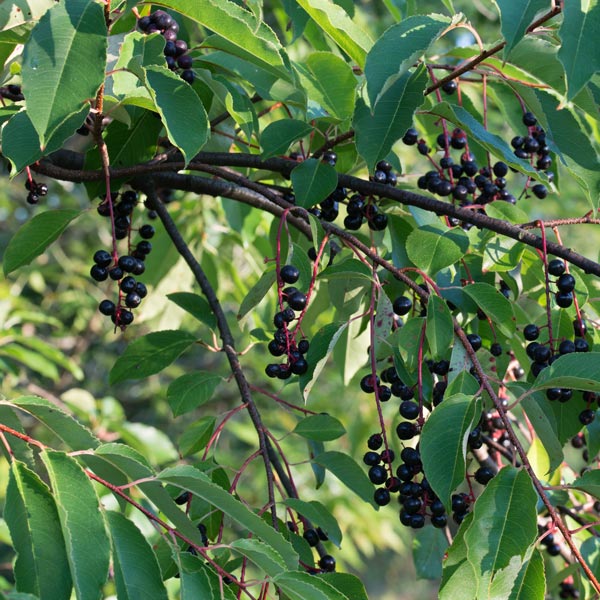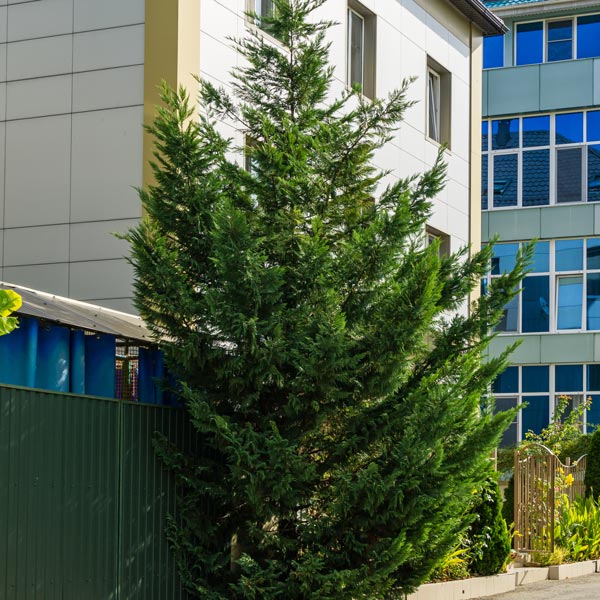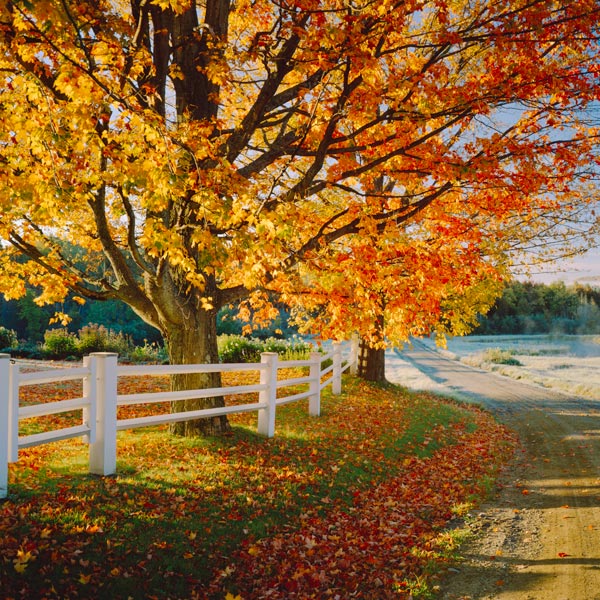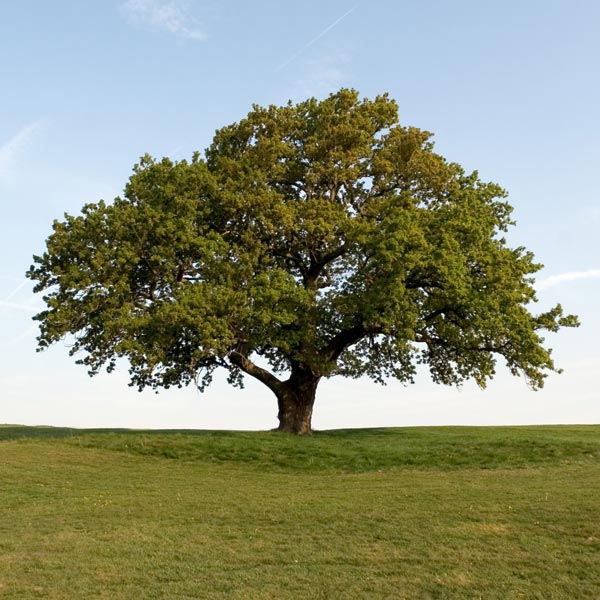Root Rot vs Healthy Trees in Fayetteville, GA; Tree Root Rot Fungus Causes, Symptoms, Inspections, Health Assessments & Treatment
There are many diseases that yards and gardens suffer from in Georgia’s landscapes. Especially our trees. They suffer from many different types of diseases and pests. As homeowners, we know it takes a long time for our trees to grow and provide the beauty and shade we love. However one of the most common diseases that seems to affect our trees is root rot. Milam’s Tree Service will share some of the symptoms and signs of root rot and some of the best strategies you can take to treat and prevent future root rot and less dead tree in the future.
What Causes Tree Root Rot Fungus?
Root rot diseases are by far one of the most damaging diseases in Georgia. It affects our trees and landscapes. This occurs when the soil remains wet for too long and with inefficient drainage or porosity and over watering. Sometimes root rot could also be caused by over saturated grounds due to gutters and downspouts and even constant drainage from air conditioning units. Every plant from trees, bushes and shrubs and even grass is susceptible to root rot in these conditions. Some of the most common pathogens that cause root rot disease are soil-born funguses. To name a few Pythium, Phytophthora, and Rhizoctonia are some of the top three funguses that cause root rot to occur in our soil. Some other fungus also will cause root rot and crown rots but they are not as common.
Signs & Symptoms of Tree Root Rot
Trees and other plants affected by soil-borne pathogens will have stunted growth as well as lesions which have developed around the soil line. They may even begin to wilt, collapse, and appear weak. Trees especially will show signs of poor growth, off color leaves, and branches. When the bottom or lower part of the tree’s leaves become yellow and begin to fall, this is another clear symptom of root rot. The infected root will also become discolored, looking as a dark brown color that are soft and decaying happen when root rot set in. Some root rot pathogen or funguses will invade lower stems as well, causing tan coloring, along with dry cankers or a soft, dark brown watery stem. These are some of the clearest signs of root rot in plants and trees.
Tree Healthy Assessment & Inspection
There are some steps that can be taken to ensure your trees or plants don’t become infected with root rot. To start, inspect plants and trees for root rot symptoms before you buy them. Often homeowners plant already diseased plants in their yard, which will cause this disease to spread. Keep your trees and plants happy and stress free. Trees under stress are susceptible to root rot. Strong healthy trees have a better chance of warding off diseases and recovering quicker. Be aware of your soil drainage and saturation levels. Fungi grow best in constant moisture. If you notice some areas holding water longer see why and remedy the situation. If a tree or plant is already infected by root rot and depending on the severity of the rot, you can save it. Allow the soil to completely dry out. Once the plant looks as if it is dry then begin watering again. However, watch how much and how often you water it. You may need to only give the tree enough water to survive until the fungus is completely gone.
Expert Tree Care in McDonough, Jackson, Jonesboro, Fayetteville & Hampton as Well as Fayette, Clayton & Henry Counties in Central Georgia
Losing a tree to this common disease is unfortunate and we at Milam’s Tree Service hopes that we were able to aid you in preserving your yards and trees. If you need any tree trimming or removal, Milam’s Tree Service can be there to help you. Call us today.

